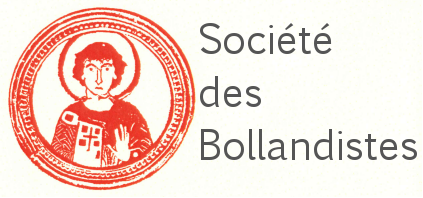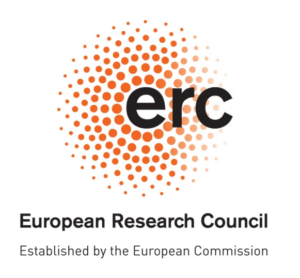Résumé :
This article puts forward a new later dating of the Greek manuscript BnF,
Paris. gr. 1783 kept in the National Library of France and containing portraits
of emperors of the Palaiologoi dynasty. The manuscript contains important texts related
to the Constantinople period of court history and culture. Historiographers used
to date the manuscript to the fifteenth century according to the portrait of Patriarch
Joseph II (†1439), a famous participant of the Ferraro-Florence Council, which can
be seen in the Italian fresco paintings of the fifteenth century. Meanwhile, the study
of the manuscript’s palaeographical features shows that it was written by an anonymous
scribe from Crete who worked in Venice and Rome for Italian humanists in the middle —
third quarter of the sixteenth century. The handwriting of the famous Cretan
calligrapher, employee of Francis I’s library in Fontainebleau Angelus Vergecius, as well
as some other scribes associated with him was typologically close to the handwriting
of the main scribe of the manuscript. Analogies to this handwriting can also be seen
in the handwriting of Manuel Provataris, another famous scribe of the epoch, a Cretan
Greek from Rethymno, employee and copyist of the Vatican Library.
The new palaeographic dating of the Paris. gr. 1783 manuscript changes the date
of creation of portrait drawings of the Byzantine emperors of the Palaiologoi dynasty
and Patriarch Joseph II. Also, it is important to change the dating of all texts contained
in the manuscript including such important texts as one of the three lists of imperial
tombs of the Church of Sts. Apostles in Constantinople, as well the list of the offices
of the Byzantine court. The Paris. gr. 1783 manuscript should be excluded from
the circle of Late Byzantine booklore and attributed to post-Byzantine book heritage.
K e y w o r d s: Greek manuscripts; Greek palaeography; Parisinus graecus 1783;
Patriarch Joseph II; John VIII Palaiologos; Cretan scribes; Angelus Vergecius; Manuel
Provataris; Byzance après Byzance; post-Byzantine studies







